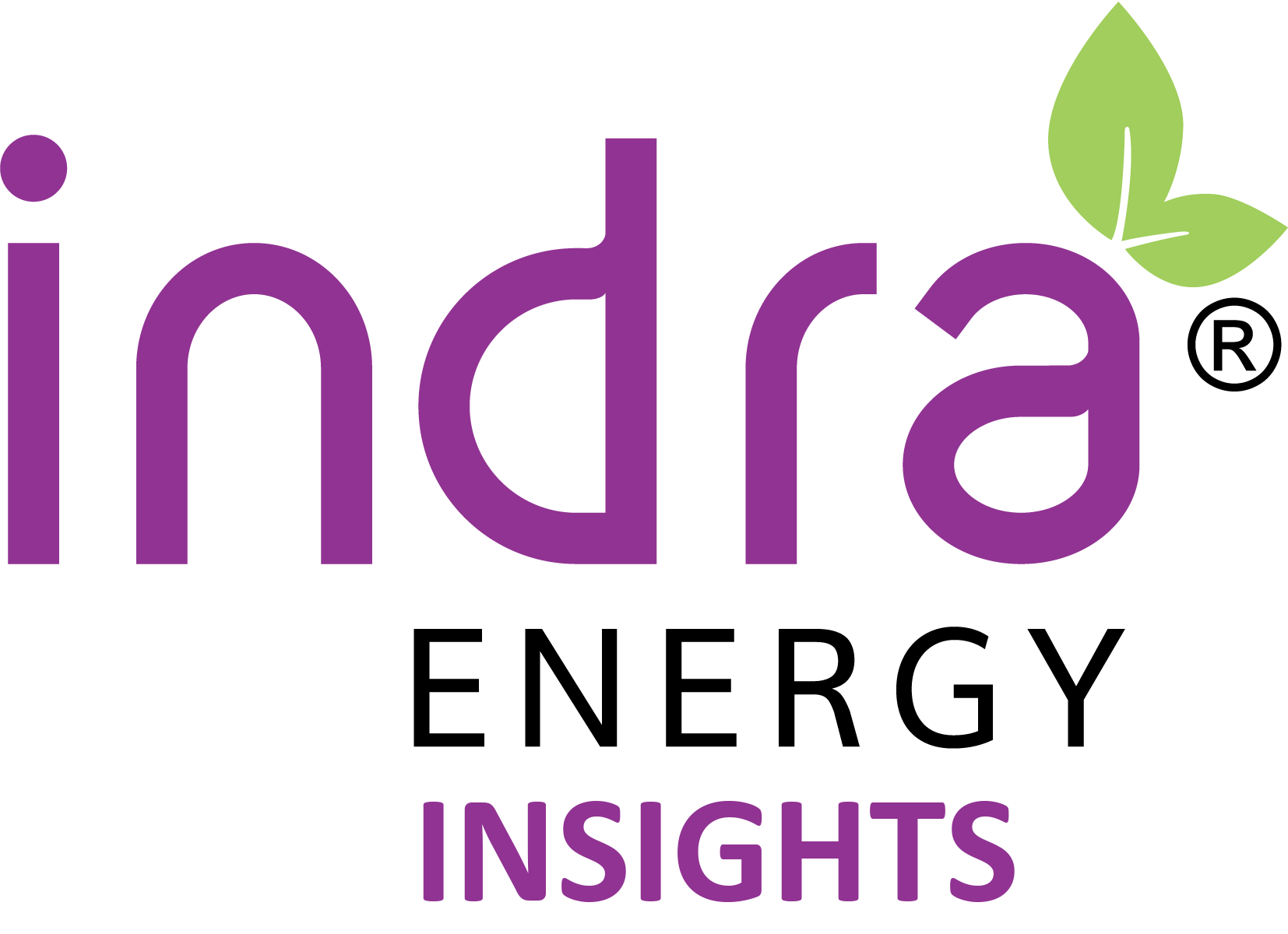Discover how energy storage technologies have evolved and what the future holds.
Energy storage involves taking the excess energy made during production and storing it in batteries or heat storage bricksi. Batteries store excess electrical energy, including small-scale personal mobile devices or large-scale electrical utility storageii. Heat storage bricks are also used in electric thermal storage radiators across the USiii. These storage radiators typically store electricity as heat energy overnightiv—when the off-peak cost per kWh is lowv—and release heat gradually during the day to avoid paying on-peak electricity pricesvi.
For residential, commercial, and industrial consumers, small-scale energy storage has the potential to reduce their energy billsvii—with the technology becoming increasingly affordable, as seen with utility-scale battery storage—reducing costs by nearly 70% between 2015 and 2018viii.
Innovation and Adoption of Energy-Storing Technologies
According to the International Energy Association9, global energy storage innovation is in-creasing four times faster than other technology fields. Let us explore some recent advancements:
TESLA Powerwall
TESLA was the first company in the US to bring a zero-emission, zero-gas electric vehicle to the marketix. Its battery technology has been adapted to provide small-scale electricity storage through the TESLA Powerwall productx. The US Federal government recognizes the value offered by Powerwall, by offering tax credits through the Consolidated Appropriations Act of 2021xi to cover a portion of the installation costs. With a 13.5kWh total capacity, this technology is one example of innovation in energy storage for residential and commercial settings in the USxii.
Washington University in St Louis – Smart Bricks
While bricks have been used for centuries to insulate buildings, Washington University has unveiled a new technology called “smart bricks.” These bricks could be installed in the walls of a typical home—with 60 standard-size bricks having enough storage capacity to power emergency lighting for 50 minutes and needing only 13 minutes to fully rechargexiii.
Graphene Batteries
Currently, lithium-ion batteries are being used in consumer electronics and electric vehiclesxiv. Graphene, a highly researched future battery technology, shows the potential to in-crease both charge times and energy storage capacityxv. The studyxvi shows that volumetric energy density increases by 27.6%, with 78.6% capacity retention after 500 cycles using graphene balls.
These are just a few examples of how energy-storing technologies are rapidly evolving. The Department of Energy (DOE) is investing in this area through the Energy Storage Grand Challenge (ESGC), with a target to meet all US energy market demands through domestic manufacturing by 2030xvii.
Indra Energy offers strategic energy expertise and competitive 100% renewable energy resource2 rates with flexible pricing options to businesses that want to effectively manage their energy costs.
To learn more about Indra Energy, please click HERE
i Fact Sheet: Energy Storage – https://www.eesi.org/papers/view/energy-storage-2019
ii Energy.gov: Energy Storage – https://www.energy.gov/oe/energy-storage
iii Energy.gov: Electric Thermal Storage – https://www.energy.gov/energysaver/home-heating-systems/electric-resistance-heating
iv Energy.gov: Electric Thermal Storage – https://www.energy.gov/energysaver/home-heating-systems/electric-resistance-heating
v Reducing Electricity Use and Costs – https://www.energy.gov/energysaver/save-electricity-and-fuel/appliances-and-electronics/reducing-electricity-use-and-costs
vi Time-of-Day Pricing – https://www.eia.gov/tools/glossary/index.php?id=Time-of-day%20pricing
vii NREL Solar-plus-Storage reduced utility costs – https://www.nrel.gov/news/features/2020/declining-renewable-costs-drive-focus-on-energy-storage.html+https://www.osti.gov/biblio/1493868-solar-plus-storage-economics-what-works-where-why#biblio-full
viii Utility-scale battery storage costs decreased nearly 70% between 2015 and 2018 – https://www.eia.gov/todayinenergy/detail.php?id=45596
ix Energy.gov TESLA – https://www.energy.gov/lpo/tesla
x Powerwall Features –https://www.tesla.com/support/energy/powerwall/learn/why-powerwall
xi Powerwall/Solar Roof Federal Tax Credit –https://www.tesla.com/support/energy/solar-roof/own/federal-tax-credit+https://www.energy.gov/sites/prod/files/2020/01/f70/Guide%20to%20Federal%20Tax%20Credit%20for%20Residential%20Solar%20PV.pdf
xiii Storing Energy in Red Bricks – https://source.wustl.edu/2020/08/storing-energy-in-red-bricks/
xiv Types of Energy Storage Systems: Lithium-Ion Batteries – https://afdc.energy.gov/vehicles/electric_batteries.html
xv Graphene balls for lithium rechargeable batteries with fast charging and high volumetric energy densities – https://www.nature.com/articles/s41467-017-01823-7
xvi https://www.nature.com/articles/s41467-017-01823-7
xvii https://www.energy.gov/energy-storage-grand-challenge/energy-storage-grand-challenge
(1) The information provided in this blog is for illustrative purposes only. Indra Energy (“Indra”) is not making any service offerings or guaranteeing any results. Indra makes no warranties (express or implied) and/or representations regarding the accuracy, reliability or completeness of the information presented, and is not responsible for any omissions, errors or mistakes in the information provided in this blog; sources have been cited herein for reference. Indra Energy has no legal affiliation with any of the companies referenced in this blog.
Indra Energy is a licensed independent seller of electricity and/or natural gas in the states of Delaware (electric license number: 16-0929); District of Columbia (electric license number: EA 2016-16 and gas license number: GA 2016-05); Illinois (Docket number: 12-0269); Massachusetts (electric license number: CS-092); Maryland (electric license number: IR-1804 and gas license number IR-1803); New Jersey (electric license number: ESL-0049 and gas license number: GSL-0033); Virginia (gas license number: G-49); and Pennsylvania (electric license number: A-2009-2108338 and gas license number: A- 2009-2100320). Please visit Indra Energy’s web-site for Terms and Conditions of Service and product offerings, and Environmental Disclosure for details on fuel resource mix in your state.
(2) Electric: One hundred percent (100%) of your electricity usage will be matched with renewable energy credits (RECs), generated from renewable or alternative energy sources in the United States which have been qualified as such.
Gas: One hundred percent (100%) of your natural gas usage will be matched with carbon offsets.















